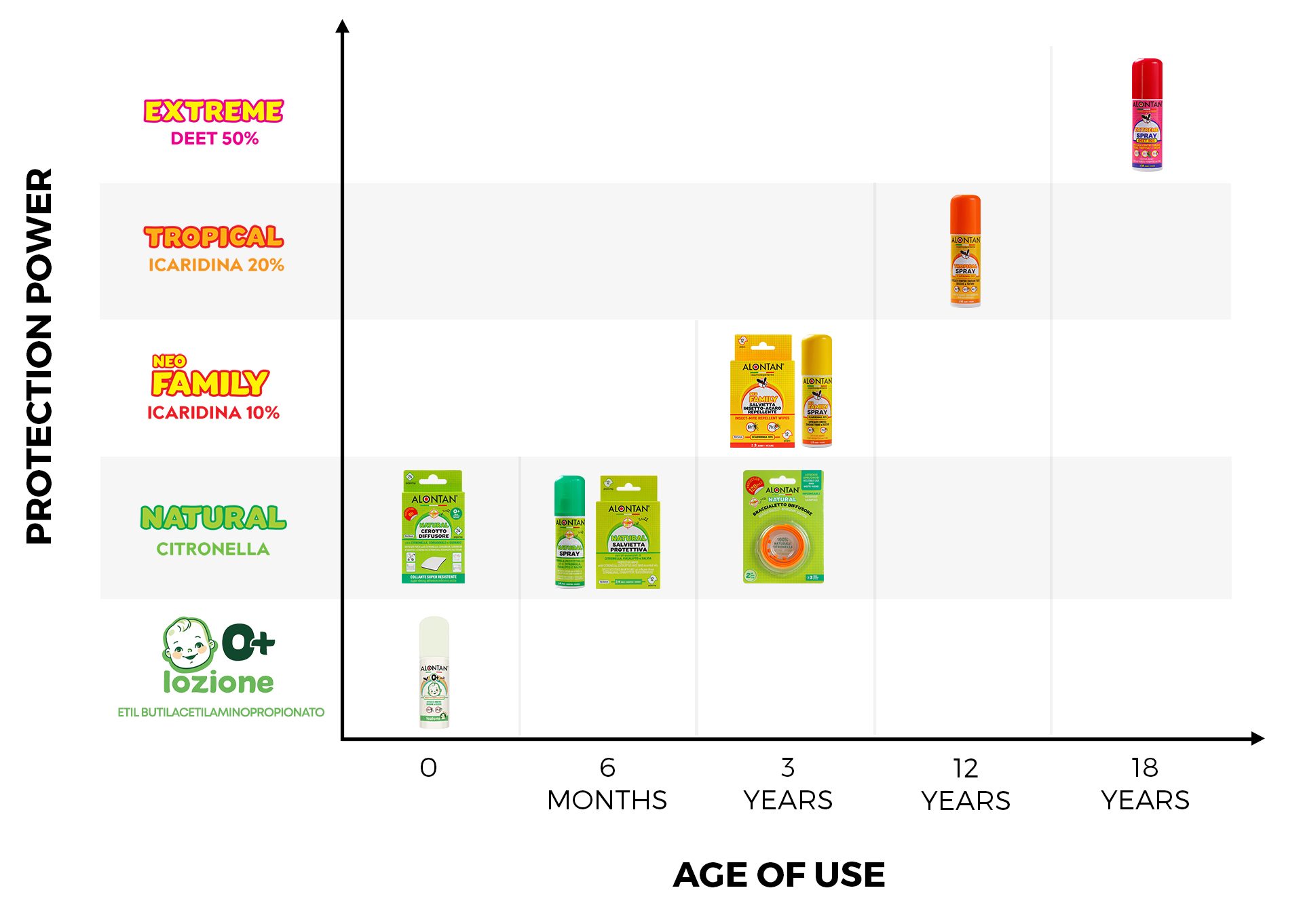How insect repellents work

Insect repellents are a category of products that are used on the skin and are intended to deter nuisance insects. They should not be confused with insecticides whose aim is to kill insects (insecticides cannot be sprayed on the skin!). Insect repellents, when properly used, are an effective means of protection against mosquito bites and other insects. They also protect against tick bites (which do not belong to the insect world but are arachnids like spiders, mites, and scorpions. They have 8 legs, while insects have only 6).
All insect repellents drive insects away as they disrupt their nervous system, affect their navigational, olfactory, and visual systems so that the insect's response is to move away from the unpleasant source of the disturbance (insect repellent).
Why is insect repellent protection so important?
Protecting against insects prevents us from the discomfort associated with bites. If we are protected we can prevent rashes, itching, redness and discomfort. We can also prevent unpleasant allergic reactions that might result from too many bites. When mosquitoes bite us, they not only feed on our blood, but also leave behind a substance that causes swelling. The swelling is generated by the inflammation produced by histamine.
Proper protection becomes vital in areas of the world where there are insect-borne diseases. For example, it is well known that the tiger mosquito (Aedes albopictus), which we accidentally imported in 1990 and which has become a stable member of our entomofauna, is a proven "vector" of exotic arboviruses, such as those responsible for DENGUE and CHIKUNGUNYA virus fever, in its countries of origin. In the late summer of 2007, this mosquito was responsible for an epidemic outbreak of CHIKUNGUNYA virus, occurring for the first time in Europe, in Emilia Romagna with over 250 human cases of a disease that was fortunately not severe. The tiger mosquito is also a potential vector of filariae, agents of pet diseases, which can be accidentally transmitted to humans. The common mosquito (Culex pipiens), which has always been present in Italy and is the main troublemaker during summer nights, has also become the vector of numerous epidemic outbreaks of West Nile virus equine encephalitis that have occurred in Italy since 1998 and affected humans for the first time in 2008. In 1997, a case of malaria (the first after more than 50 years since its eradication) carried by an anopheles mosquito (Anopheles labranchiae) occurred in Tuscany. Also worth mentioning is the introduction of new vectors of tropical origin, potential pathogens of severe arboviruses, as confirmed by the very recent discovery of Aedes koreicus, introduced into ltaly via the imported ornamental plants. To conclude, Aedes aegypti (carrier of dengue) and Aedes japonicus (Japanese encephalitis), which are far more harmful vectors than previous ones, are also widening their range of distribution through the trade in used tyres and ornamental plants.
The increase in average temperature may make Italy a suitable location for these mosquito species, making them endemic within a few generations.
Source: Rapporto ISTISAN 12/41 pages 5 et seq.Protection for all agesChoose the protective active ingredient best suited to your needs and the age of the user.
.
